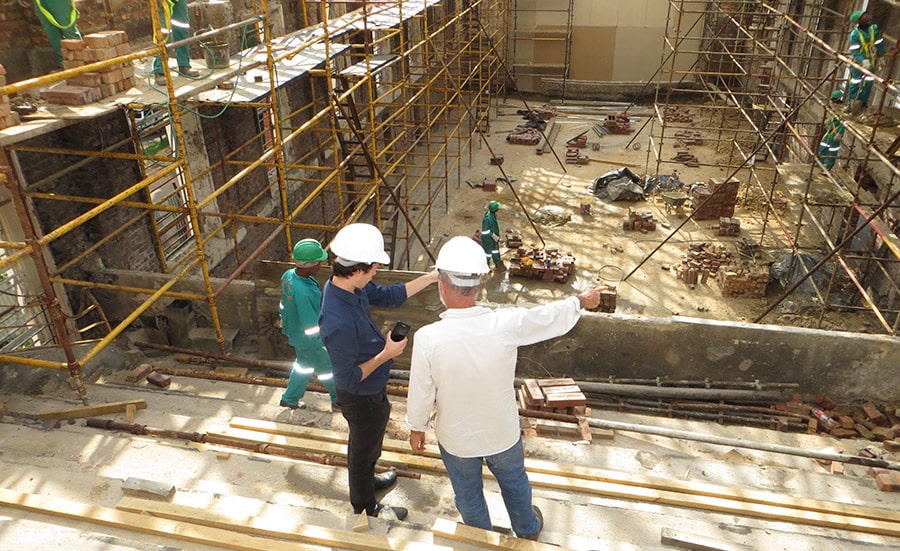Your guide to who does what in construction


Whether it be a commercial business park, residential estate or city high-rise, there are a pretty standard set of stakeholders in construction projects, all with their own responsibilities.
Sometimes it’s hard to tell what those responsibilities are, especially when it comes to head contractors vs subcontractors.
At the very head of a commercial construction project though, is the client. Clients can come from any background from property development to corporate business.
Depending on the project, they might put out a tender where they may be seeking one head contractor to take on the job to then outsource to subcontractors (the guys who do all the work).
The client will also typically allocate someone on their side to manage the project as a whole and liaise with the head contractor to make sure everything runs smoothly.
Each stakeholder in a commercial construction project has its own roles and responsibilities. If you’re a subcontractor looking to transition from private residential jobs to the big league in commercial construction, you’ll need to know who does what.
Of course, at the very centre of the project is the client. On that side of the fence, you’ll have your client side project manager.
A client side project manager is chosen by the client and is the sole point of contact (to the client) for the head contractor on a construction project. Both the client side manager and the head contractor will liaise regularly to make sure all elements of the project are done right and on time. Their job is to make sure that everything is done in the client’s best interest.
More often than not, these guys are ex-head contractors so they know what they’re doing and what to expect. This person is responsible for tasks such as:
Having a client side project manager makes it much easier to have one source of truth. The more people with their hands in the pie on the client’s side, the more confusion for the head contractor and the subbies below them.
This person is in charge of steering the ship so to speak.
Head contractors otherwise known as the head builder, are the on-site head honchos. Usually, the head contractor has been chosen as the construction contractor after a tender process.
More often than not, it will be a commercial builder with a fair amount of projects under their belt.
After winning a tender, the head contractor is then responsible for sourcing all the subcontractors. The subcontractors then will often source suppliers to fulfil the work requirements.
During the project, head contractors are responsible for all the work that isn’t part of the actual building itself, such as:
Head contractors are responsible for making sure everything is done right, safely and to the client’s satisfaction.
Most head contractors who win the big jobs have done it many times before, so they will have pretty tight processes and knowledge of the ins and outs of a commercial construction project.
Last but not least, subcontractors. Subbies might be lower on the food chain when it comes to a big construction project, but we all know who does all the hard labour right?
A lot of subcontractors start off in smaller private projects. Depending on your taste for success or money, it’s always worth dabbling in commercial projects that come about through tenders.
Typically the head contractor will outsource a lot, if not all of the trades (subbies know their stuff better than anyone).
These projects could be a new high-rise in the city or a brand new estate of residential townhouses. You’ve got plenty of options. It’s worth keeping an eye out on the construction tenders we have available for you to quote on.
Sometimes you might also be asked to provide a quote for a project. If you’re unsure what is required for this, don’t worry, we can help equip you with the skills to prepare a quote for your next construction project.
The nominated subcontractors on a commercial construction process may have gone through a tender process themselves and cover everything from plumbing to security and communication systems.
As a subbie, you’ll need to:
The head contractor heads the project and wil guide everyone in the right direction, but overall, you’re the master of your trade.
There are endless opportunities for a subcontractor to get their hands on a bigger job. It’s really just about getting yourself out there and in front of the head contractors more often.
Have a look at our article on improving your chances of winning a tender to make sure you put your best foot forward for the next tender.